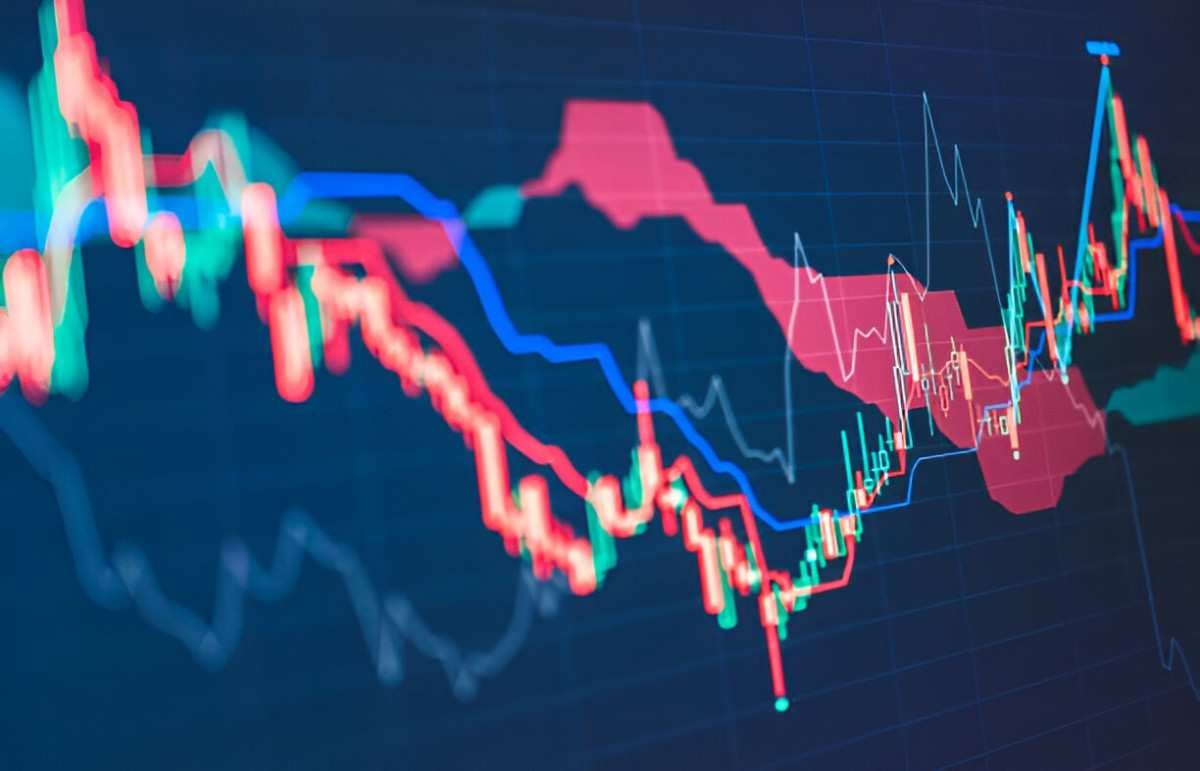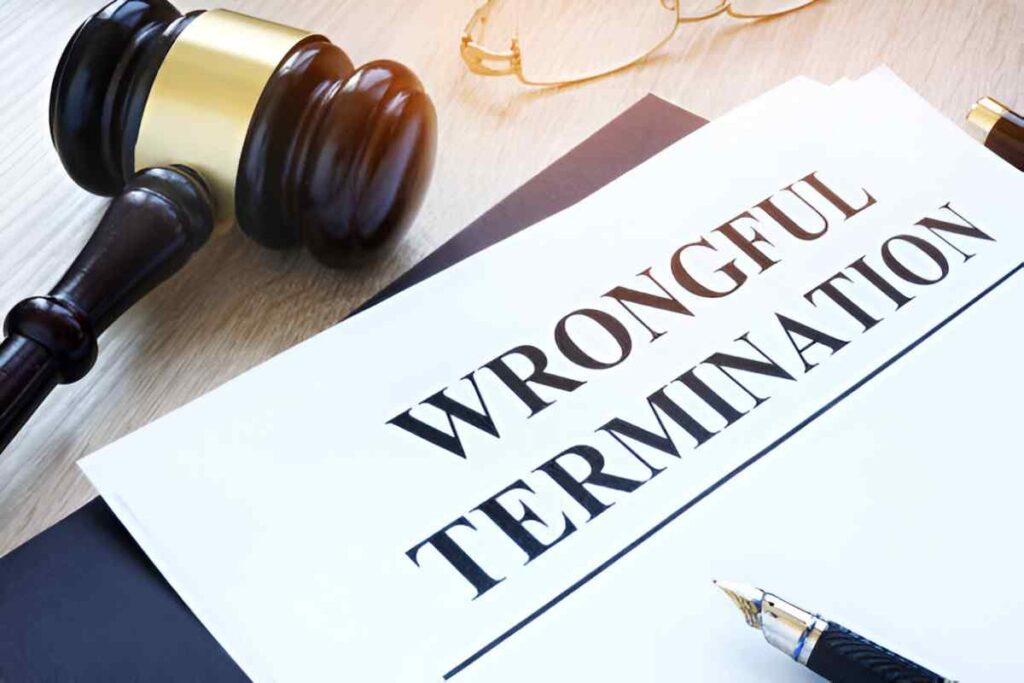The Office of Fair Trading (OFT) is a significant part of the regulatory landscape in various countries, though its name and functions may vary from one jurisdiction to another. In the United States, while there isn’t an exact equivalent named the “Office of Fair Trading,” the roles traditionally filled by such a body are carried out by several regulatory agencies, including the Federal Trade Commission (FTC). Understanding how fair trading is monitored, enforced, and protected from unfair practices can be critical for consumers, businesses, and the economy at large. In this guide, I will provide an in-depth analysis of the concept, the agencies involved, and how the principles of fair trading affect all of us.
Table of Contents
What is the Office of Fair Trading?
In general, the term “Office of Fair Trading” refers to a governmental body tasked with promoting and protecting fair competition in the marketplace. Its primary function is to ensure that businesses and other market participants comply with laws that prevent unfair trading practices, such as price fixing, false advertising, and deceptive practices. These agencies enforce competition laws and protect consumers from unethical business conduct, ultimately fostering a more equitable and transparent economic environment.
The Role of Regulatory Bodies in Fair Trading
The U.S. does not have a centralized “Office of Fair Trading” akin to some other countries, but various federal and state agencies have the responsibility to oversee business practices and protect consumers. The Federal Trade Commission (FTC), established in 1914, is one of the leading agencies in this domain. It enforces antitrust laws to prevent unfair business practices that can harm consumers or inhibit competition. The FTC works alongside other agencies like the U.S. Department of Justice, which handles more severe antitrust cases.
Additionally, there are numerous state-level offices dedicated to consumer protection and fair competition. The Consumer Financial Protection Bureau (CFPB) is another important entity, particularly for ensuring that financial products and services are provided fairly and transparently.
Key Areas of Fair Trading Oversight
Fair trading encompasses several essential areas. Below are some of the critical aspects that regulatory bodies like the FTC focus on:
- Unfair Competition: Agencies protect businesses from unfair practices by competitors, such as price fixing, monopolistic behavior, and collusion.
- Consumer Protection: Ensuring that businesses do not deceive or exploit consumers through false advertising, misleading claims, or unsafe products.
- Market Transparency: Encouraging clarity and transparency in pricing and business practices to help consumers make informed decisions.
- Antitrust Laws: Agencies work to prevent companies from gaining too much power in the marketplace, which could harm consumers or stifle innovation.
Examples of Unfair Trading Practices
It is essential to understand the kinds of business behaviors that fall under unfair trading practices. These include:
- False Advertising: A company might advertise a product as something it is not. For instance, a health product that claims to cure diseases without scientific evidence is an example of false advertising.
- Deceptive Business Practices: An example might be a car dealership that advertises a vehicle for one price, only to later add hidden fees that significantly increase the actual cost.
- Price Fixing: When companies within the same industry agree to set prices at a certain level to avoid competition, it prevents consumers from accessing better deals.
- Predatory Pricing: Companies may temporarily lower prices to a point where competitors cannot compete, only to raise prices later after competitors are driven out of the market.
The Importance of Fair Trading in the Economy
Fair trading is crucial not just for consumers but for the broader economic health of a country. By enforcing laws that prevent monopolies and encourage competition, regulatory bodies foster innovation and reduce the risk of market manipulation. For example, in industries like technology or pharmaceuticals, fair trading practices ensure that multiple companies can thrive, resulting in more choices for consumers and better products at lower prices.
The Mathematics of Fair Trading
One of the key functions of fair trading bodies is to analyze market trends and pricing strategies to ensure they don’t stifle competition. Let’s break down how mathematical models can help detect unfair pricing strategies.
Example: Identifying Price Fixing with Statistical Tools
Let’s assume two competitors in an industry start to consistently match each other’s prices at nearly the exact level over several months, without any legitimate reason for doing so (such as cost increases or changes in demand). This might be an indication of price fixing.
To determine if this is the case, economists might use a statistical method called the “Price Convergence Model”. This model evaluates the price trends of both companies over time and compares them to industry norms.
For instance, consider the following data:
| Month | Competitor A Price | Competitor B Price | Industry Average Price |
|---|---|---|---|
| January | $50 | $50 | $49 |
| February | $52 | $52 | $51 |
| March | $51 | $51 | $50 |
By comparing the prices of Competitor A and Competitor B with the industry average, we can determine if their price movements align too closely, suggesting possible price fixing.
If the statistical divergence between the two companies and the industry average is small (e.g., less than 1-2%), and the prices do not fluctuate in response to external market conditions (like rising costs), there may be grounds for further investigation.
This is just one of the methods used by regulators to examine market behavior, and while the mathematics behind it is sophisticated, it all boils down to ensuring that businesses are playing by the rules.
Legal Framework: Antitrust Laws
In the U.S., antitrust laws are a vital part of the regulatory framework for fair trading. These laws aim to prevent businesses from engaging in anticompetitive practices. Some notable antitrust laws include:
- The Sherman Antitrust Act (1890): This foundational law makes it illegal for businesses to engage in activities that restrict trade or reduce competition.
- The Clayton Antitrust Act (1914): This law expands on the Sherman Act, specifically addressing mergers and acquisitions that might significantly reduce competition.
- The Federal Trade Commission Act (1914): This act established the FTC and gave it the authority to prevent unfair or deceptive practices in the marketplace.
How Fair Trading Affects Consumers and Businesses
Fair trading practices are designed to create a level playing field where consumers are protected from unfair practices and businesses can compete fairly. Here’s how it affects both groups:
- Consumers: Consumers benefit from fair trading by receiving honest information about products and services. It also ensures that prices remain competitive and that businesses cannot deceive them with misleading advertisements.
- Businesses: Companies benefit from fair trading by operating in a market where they can innovate and compete without the risk of being undercut by unethical practices. It also ensures that businesses compete on the merits of their products or services, rather than through unfair manipulation.
The Role of Technology in Enforcing Fair Trading
In recent years, technology has played an increasingly vital role in detecting and preventing unfair trading practices. Artificial intelligence (AI), machine learning, and big data analytics enable regulatory bodies to monitor market trends in real-time and spot potential issues with pricing, advertising, or other practices. AI tools, for example, can track millions of data points across various platforms to detect anomalies in pricing or patterns of deceptive practices.
The Future of Fair Trading in the U.S.
As our economy becomes more globalized and interconnected, the landscape of fair trading will continue to evolve. With the rise of digital platforms, the challenges of ensuring fairness are becoming more complex. There are new issues, such as the need for transparency in digital advertising, data privacy concerns, and the regulation of online marketplaces.
Regulatory bodies are increasingly collaborating on an international scale to address cross-border issues, particularly as businesses expand into global markets. As a result, the role of fair trading agencies will only continue to grow in importance, and their methods will become more sophisticated as they adapt to the digital age.
Conclusion
Understanding the Office of Fair Trading, or the regulatory agencies that perform similar functions in the U.S., is crucial for both consumers and businesses. These agencies work tirelessly to ensure that the marketplace remains competitive, transparent, and free from deceptive practices. By enforcing antitrust laws, protecting consumers, and promoting fair competition, they contribute significantly to the health of the economy. As we move into the future, the importance of fair trading will only increase, especially as new technologies emerge and global markets evolve.





